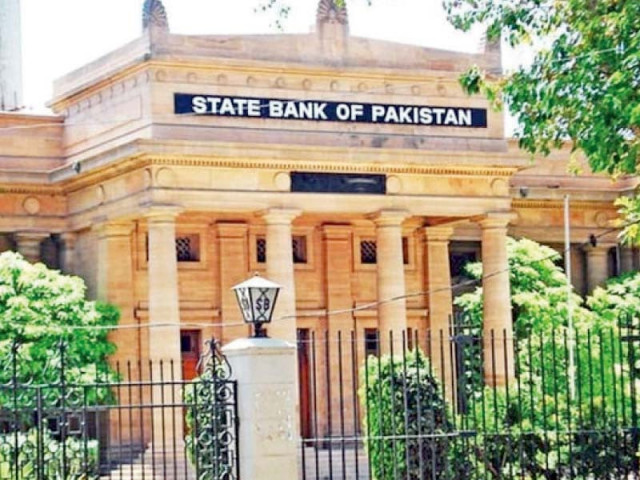SBP slashes interest rate by 100bps, sets policy rate at 12%
Rate cut continues SBP's easing cycle, with a total reduction of 1,000bps in six steps since June 2024.

The State Bank of Pakistan (SBP) on Monday reduced its policy rate by 100 basis points to 12 per cent, effective from January 28, in response to moderating inflation and improving economic indicators. This marks the sixth rate cut since June 2024, bringing the cumulative reduction to 1,000 basis points.
In a statement following the Monetary Policy Committee’s (MPC) meeting, SBP Governor Jameel Ahmed attributed the decision to the inflationary trends, which declined to 4.1 per cent year-on-year in December, driven by easing demand, stable exchange rates, and a favourable base effect.
However, core inflation remains high, prompting the central bank to adopt a cautious stance. “While headline inflation is trending downward, risks such as volatile global commodity prices and potential energy tariff adjustments remain,” Ahmed said.
The SBP expects inflation to average between 5.5 and 7.5 per cent for FY25, with short-term volatility before stabilising.
The SBP also noted gradual improvements in economic activity, citing higher sales in automobiles, fertilisers, and petroleum products, alongside increased private-sector credit.
Pakistan’s real GDP growth for the first quarter of FY25 stood at 0.9 per cent, slightly below expectations, due to weaker agricultural performance.
On the external front, Pakistan posted a $600 million current account surplus in December 2024, driven by robust remittances and export earnings, particularly from high-value-added textiles.
For the first half of FY25, the current account surplus reached $1.2 billion.
The central bank forecasts the current account to remain balanced, ranging between a surplus and a deficit of 0.5 per cent of GDP for FY25.
However, challenges remain. Tax revenues grew by 26 per cent in the first half of FY25 but fell short of the government’s target, raising concerns about fiscal performance.
Despite improved fiscal discipline, achieving the primary balance target is expected to be difficult.
The SBP also highlighted global uncertainties, including volatile oil prices and cautious monetary stances by major economies, as factors influencing its decision to maintain a positive real policy rate.
The SBP expects its foreign exchange reserves, currently under pressure from debt repayments, to exceed $13 billion by June 2025 as planned inflows materialise.


















COMMENTS
Comments are moderated and generally will be posted if they are on-topic and not abusive.
For more information, please see our Comments FAQ